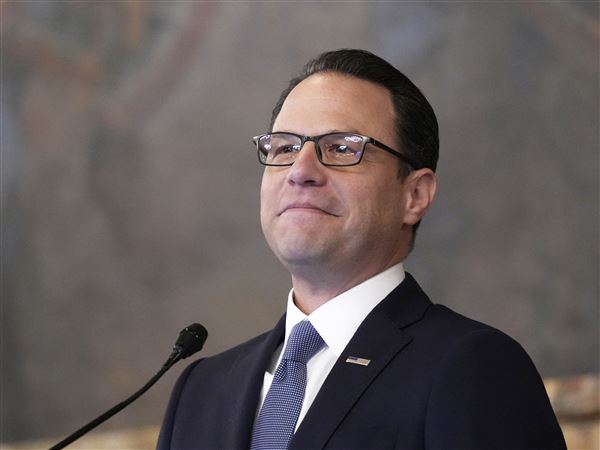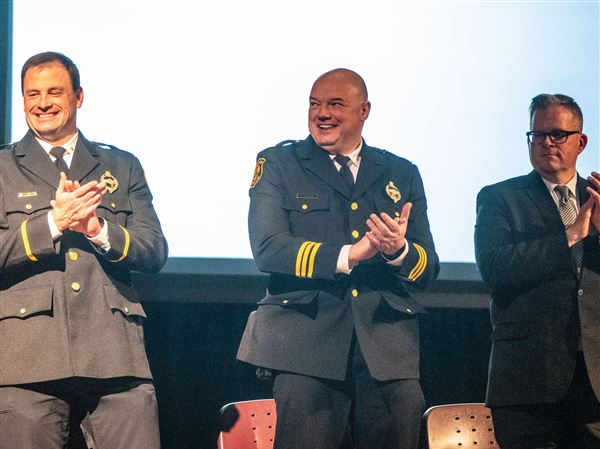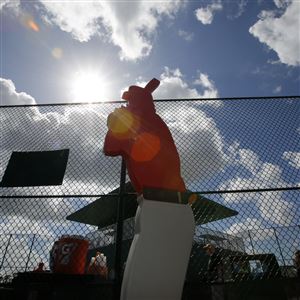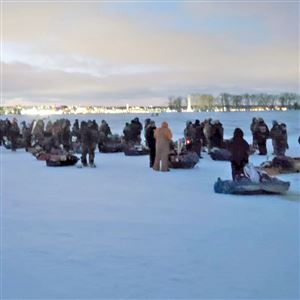Before The New York Times vs. Sullivan, came Bridges vs. California.
Separated by 23 years, both cases ended with landmark decisions that broke with English common-law precedents.
Both cases broadened protections for speakers and writers and both are engagingly summarized here by Anthony Lewis.
By Anthony Lewis
Basic Books ($25)
While the First Amendment also protects freedom of religion, the right to assemble and the right petition the government for grievances, Lewis focuses on the 14 words that safeguard public discourse:
"Congress shall make no law ... abridging the freedom of speech; or of the press ..."
Despite what seems like straightforward language, the battle for now commonly accepted speech and press freedoms has continued for more than two centuries.
Authors of the Constitution and the Bill of Rights, as its first 10 amendments are called, broke with British tradition by ending the licensing of printers and pre-publication censorship of books and periodicals.
Lewis points out, however, that draconian punishments for criticism of public officials or publication of salacious literature continued to follow British precedents.
The Sedition Act of 1798, which made "false, scandalous and malicious writing" about the president or Congress a federal crime, was not overturned on First Amendment grounds, he writes. Instead voters repudiated it at the ballot box in 1800, choosing Thomas Jefferson over incumbent President John Adams, supporter of the act.
Jefferson pardoned all those convicted under the discredited statute.
Go forward 140 years to Bridges vs. California. The day after Pearl Harbor, Dec. 8, 1941, the U.S. Supreme Court ruled that left-wing longshoremen's union leader Harry Bridges could not be jailed or fined for his criticism of a California state judge.
The decision was a crucial departure from common-law precedent in Great Britain, where as late as 1981 a lawyer was convicted of contempt, charged by a judge with providing a reporter with a copy of a document previously read aloud in open court.
The Bridges case, Lewis argues, opened the way for New York Times vs. Sullivan in 1964. Following what Lewis describes as the Madisonian philosophy favoring vigorous political debate, the Supreme Court found that public figures needed to show malice before seeking damages for libel or slander.
It was another break with common law, which always had put the burden on the speaker or writer to prove the truth of any allegations.
Lewis, 81, is best known as a former New York Times columnist and author of "Gideon's Trumpet," a book about the 1963 Supreme Court decision guaranteeing criminal defendants a right to legal counsel.
His latest book is clear, balanced and concise, running just 189 pages. Lewis demonstrates why James Madison thought the First Amendment was so important to American democracy and describes how we came to have the speech and press rights we now enjoy -- and sometimes abuse.
First Published: May 18, 2008, 4:00 a.m.
















